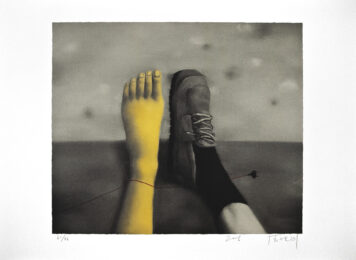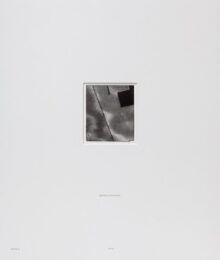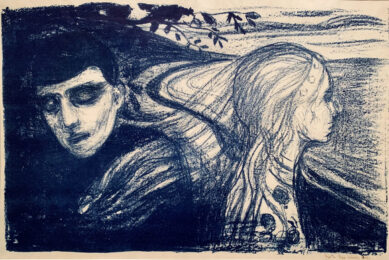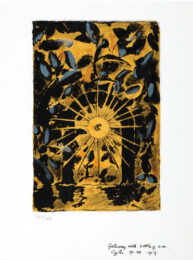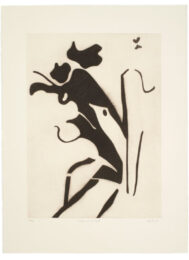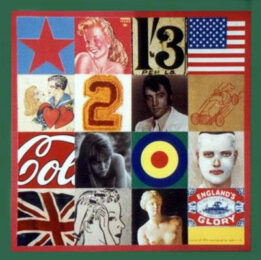Etching Printmaking
Etching printmaking is a common intaglio printmaking technique that involves incising marks into a plate through a process called ‘biting’. A metal plate is covered with a thin wax-like layer called the ‘ground’. Then the design is drawn onto the plate with a needle. When finished, the back of the plate is coated with a varnish, then immerse the plate in a bath of acid. Since the ground and varnish are impermeable to acid, the acidic bath will only affect the metal where lines are drawn. Whilst in the bath, the acid eats away at the marks made, creating fine incisions.
Artists can varying the etching effects on these plates by changing the bath’s level of acidity, the amount of time in the baths, and a technique called ‘stopping out’ – bathing the plate until the lightest parts of the print are properly incised, then removing it from the bath and covering those areas with varnish before placing the plate back into the bath. This technique allows a range of shallow and deep grooves – where an incision is shallow, the ink will be more faint; where the incision is deeper, the ink will be more prominent.

Etching Printmaking
Browse etching prints here.


